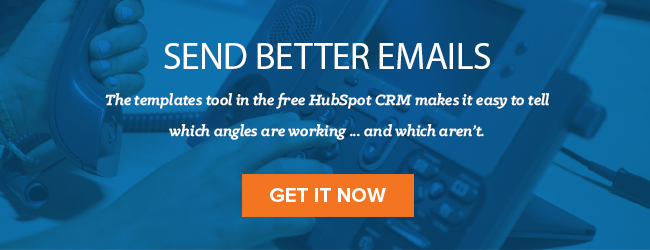Navigating a pilot can be the difference between winning and losing in sales. Whether you target the Fortune 500 or are simply trying to secure your first 10 customers, pilots can open the door for future deals. A pilot project is a small-scale test designed to look at feasibility, cost, and the ROI of a product or service.
Companies love pilots because they enable them to try multiple projects and see which ones move the needle for the business. They also help companies explore new technology in a low-risk manner without much commitment. As a sales leader, your team needs to know how to land pilots and turn your pilots into actual deals.
Securing a Pilot
The first question you need to ask yourself when looking at a pilot opportunity is “Does the pilot actually make sense here?” Here are a few characteristics of a deal with pilot potential:
- A Fixed timeline: You’re able to provide the benefit over a small period of time and then turn it off. This works with many software projects or with small scope service projects. Delivering a product or solution over a short amount of time makes it easier to leave the customer wanting more post-project.
- Unclear ROI: If the customer has expressed interest but is unsure about the exact benefit the offering will provide (common with newer products and markets). Here, the pilot is an opportunity to prove the value to the customer while winning a small deal in the process.
- Budget constraints: The customer likes the offering but doesn’t have enough money in the budget to acquire the entire thing. Be careful here. Just how new sales reps like to drop price immediately on a tough phone call, sometimes lowering the deal scope on a pilot can be a crutch to avoid that awkward silence on a call.
- Feature restrictions: Making sure the pilot is actually different than the real offering. You wouldn’t give away a car every time someone asked for a test drive, so why give away your entire product? If you can’t limit the scope of your offering, a pilot will rarely make sense for your team.
Once you meet the criteria above, you’re in good territory positioning your offer as a pilot. One last word of warning for securing a pilot: Don’t give away your pilot for free. If it requires a salesperson’s time to set it up, getting a nominal fee will ensure your contact can get budget when the actual contract comes up for negotiation.
If you’re still acquiring your first handful of customers, pilots can be a great way to get more exposure in the market. When pitching pilots directly, it’s a good idea to connect with a company’s innovation department. They’re often a key stakeholder when running new tests and -- in some cases -- provide budgetary support to other business units.
Turning Your Pilot into a Lucrative Deal
There are several components of successfully turning a pilot into a deal. Generally, you’ll need to show either clear usage metrics and/or a clear ROI post-pilot. Examples of usage metrics are as follows:
- How many people logged in during the pilot?
- How many active users did you have?
- How many value-add activities did those folks perform?
- How can you translate these figures into actual value for the company?
If you have a software, service, or product that influences top-line revenue, the ROI process is pretty simple:
- How many new leads did you generate over the pilot?
- What is the estimated close rate and the overall contract value?
That’s how much revenue the pilot generated. Now, what if you could run that year-round? How much would you expect to make in top line? Showing the benefit -- and how greatly it outweighs the cost -- can help you make a clear ROI pitch to your stakeholders.
If, on the other hand, you influence a cost center (support, development, accounting, etc.) you’ll want to show one of the following:
- Cost savings over what the client was using before for your solution.
- Time savings that translates into even greater value.
Point one is straightforward if your prospect is paying, for example, $10,000/month for accounting software and your pilot provided the same capabilities for $500/month. That’s clearly a massive savings.
With the second criteria, however, you need to save time and show how that time can be repurposed effectively. Saving five minutes at the end of each meeting doesn’t help the company, if that time is spent unproductively.
With these ideas in mind, start your pilot by asking your prospect what success looks like -- and working backward from there. Build the case for your ROI every week or month the pilot is running, and you’ll be able to show more than a data point. You’ll have a line of all the value generated over the life of the pilot. This reduces purchase risks for your customer and earns you revenue in the process.
So, go ahead, get your product into the hands of more customers with a pilot program and see the results pile up in your bank account.
Sales Demo


